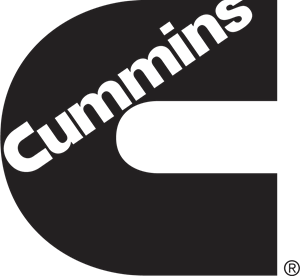Get the Inside Scoop on Diesel Emissions System Maintenance
Since the inception of emissions regulations, DPFs have been loathed and blamed for the exponential increase in the costs of truck maintenance… but do emissions systems really deserve all the blame? As we grow and evolve as a species, technology is playing a huge role in the transformation of society, with the trucking industry being no different. And as it relates to our responsibility to both grow in innovation and steward the resources of our planet, one only needs to take a quick look at other industrial nations like China and India to see the impact of emissions on the health of people.
From this perspective, it’s important to take into account the long term health savings overall when considering the present day “cost” of emissions systems. It’s also important to note that diesel emissions systems actually help to increase the fuel efficiency of diesel trucks. Emissions systems are here to stay, for the better. So how do we navigate the sea of misinformation around diesel emissions system maintenance? Get the inside scoop from REP on what you need to know to lower the costs of DPF and emissions maintenance.

The Truth About On-Truck Regen
The Reman Myth of Emissions Systems

When to Clean DPFs
In The Know
As a diesel parts distributor, the more you know about diesel emissions systems, the more you can successfully support your fleet and operator customers. Being aware of these contradictions and knowing what maintenance to recommend goes a long way in helping them curb costs. Helping them save money means you have loyal, happy customers. Whether you choose to offer emissions parts as part of your lineup or not, understanding how emissions system preventative maintenance plays into the overall health and functionality of diesel trucks IS your business.
Diesel Emissions Systems Made Easy
With Redline Emissions Products®, diesel parts distributors can add to their product line, increase sales, and solve a huge pain point to make diesel emissions systems easy for their customers.
Curious about what’s involved with supplying diesel emissions systems and replacement parts? Reach out to Wayne Cochrane, National Sales Manager for REP to find out more or call 888-295-4670.







